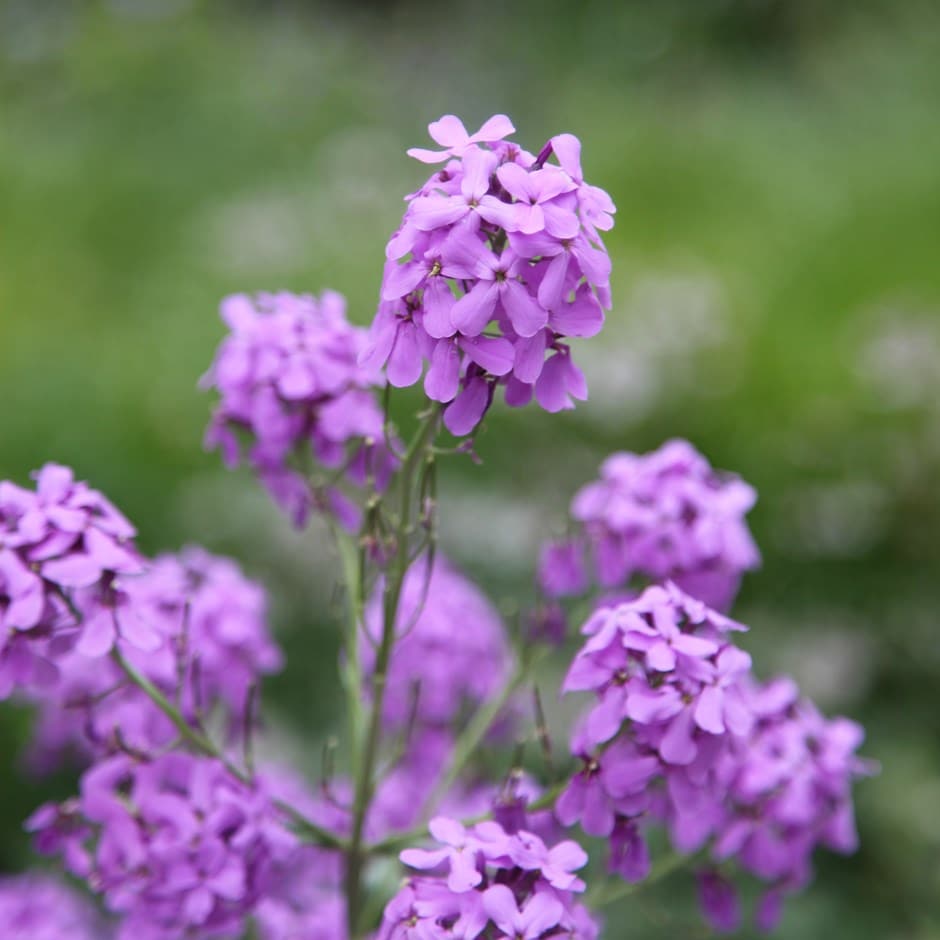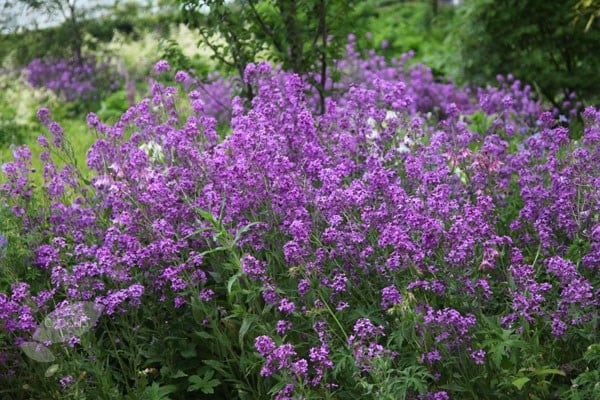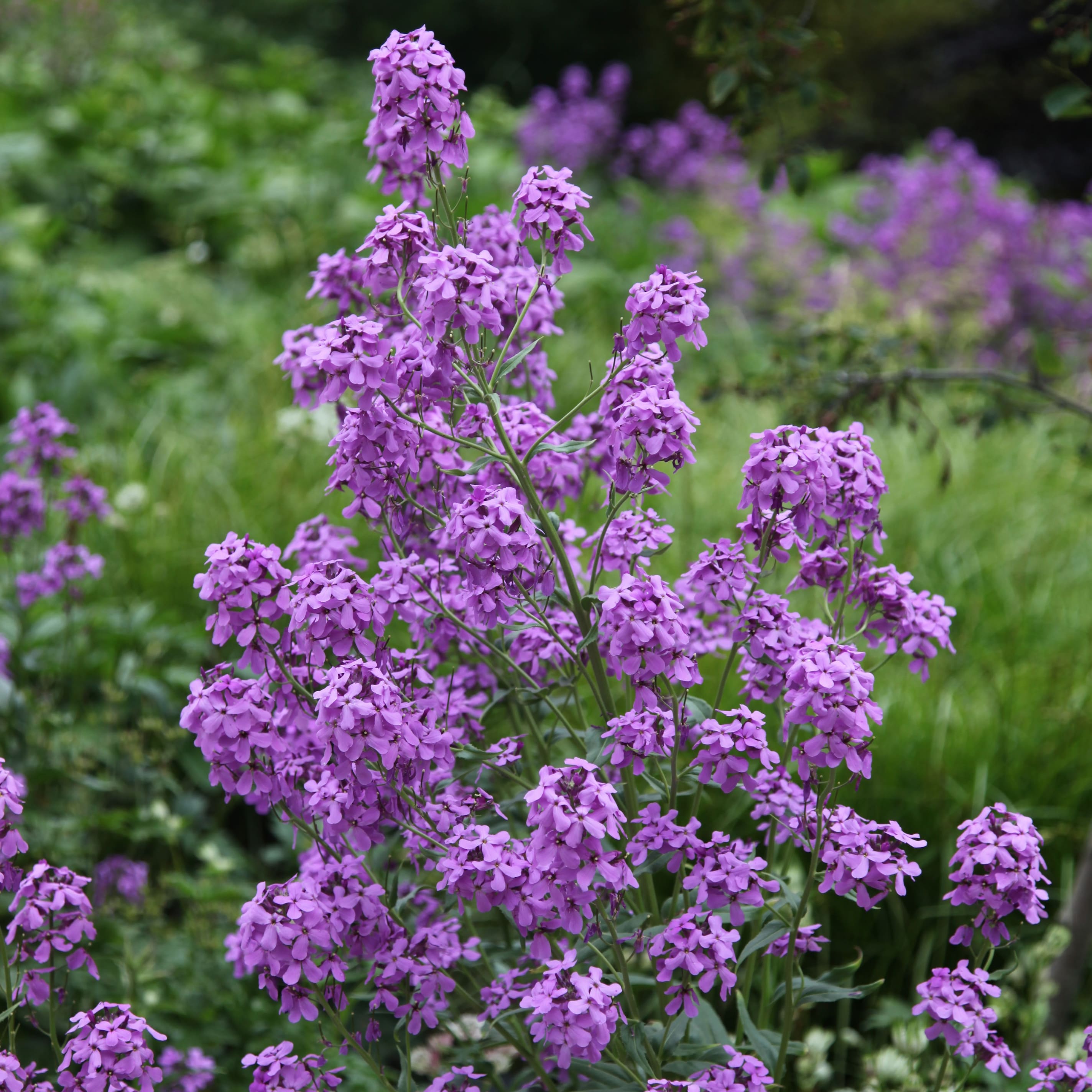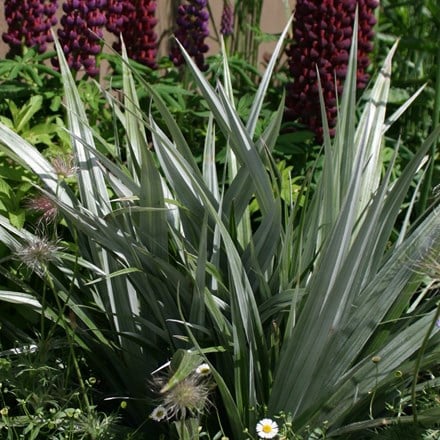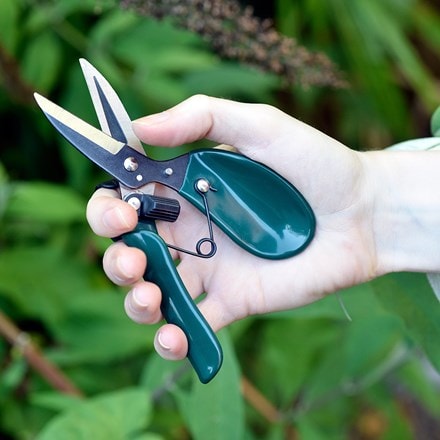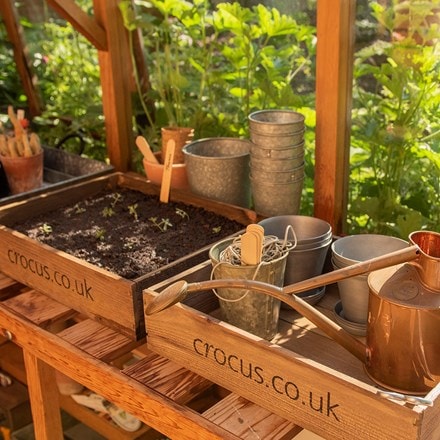Hesperis matronalis
sweet rocket
Sweet rocket is most at home in an informal herbaceous border, or when left to naturalise in a wildlife-friendly garden....
GOES WELL WITH
Floral gastronomy
I used to be a bit sceptical about all this new-fangled fashion for eating flowers. All a bit Guardianista, I thought. Looks nice and all that, but what about the flavour? Well. Then I ate a rosemary flower. And found out about the flavour, and why people
Read full article


